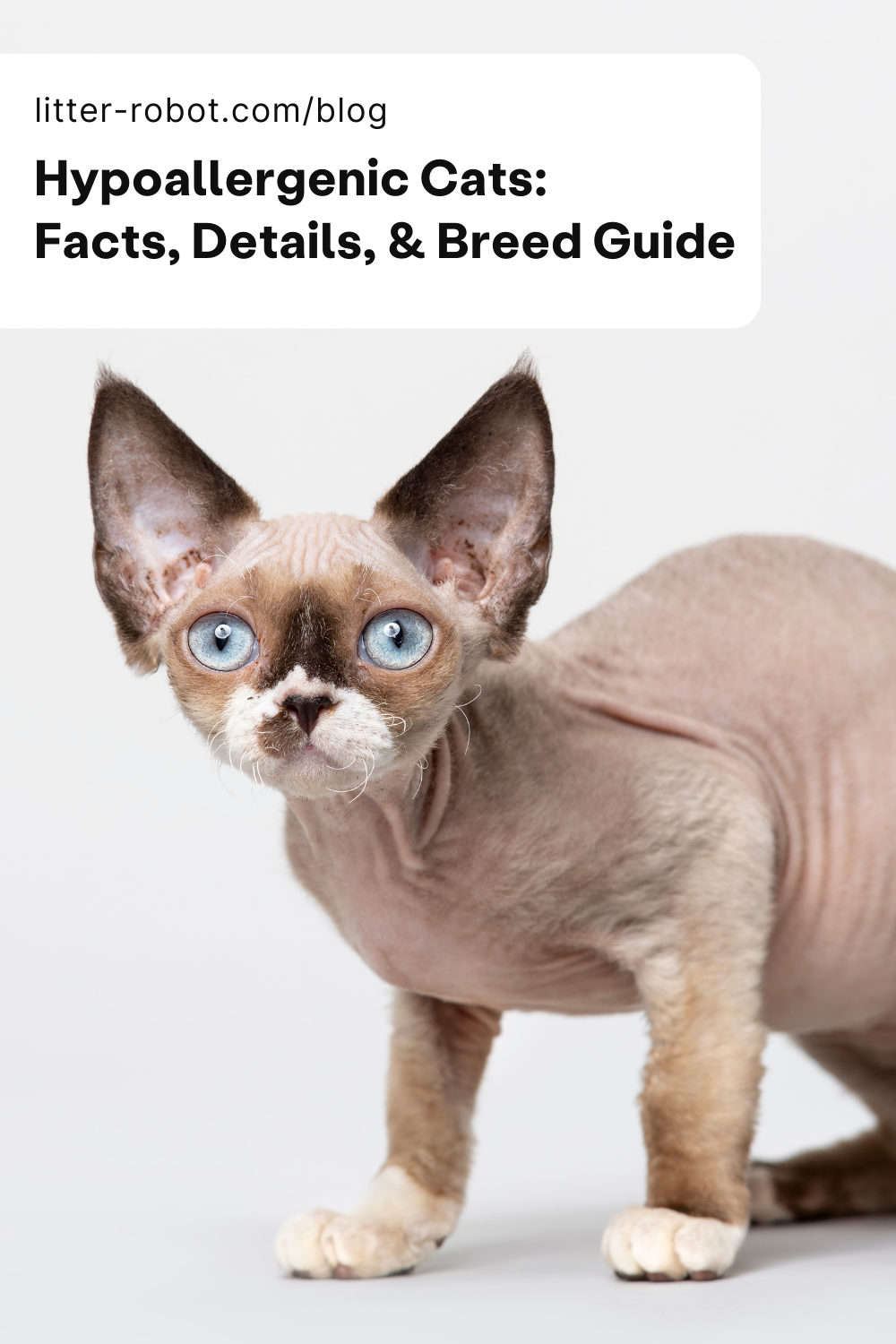Hypoallergenic Cats: Facts, Details, and Breed Guide – Litter-Robot
about 1 in 10 people in the us. uu. have pet allergies, and cat allergies are twice as common as dog allergies. Despite what most people think, allergies to cats don’t come from their fur. the culprit is actually a small protein called fel d 1 found in cat saliva, urine, and dander.
There are many ways to mitigate cat allergies in the home, from creating cat-free zones to upgrading to a self-cleaning litter box. but did you know that some cats are less likely to cause allergies, just based on their breed? read on to learn more.
Are there hypoallergenic cats?
The truth is, no breed of cat is 100% allergen-free: all cats shed fel d 1 in their saliva, urine, and dander. however, the 8 cat breeds we cover below may produce less fel d 1 or have coat types that minimize shedding and dander.
Other facts to keep in mind when it comes to hypoallergenic cats:
- Unneutered male cats produce higher levels of fel d 1. (one of many reasons to neuter and spay).
- female cats and neutered males produce less of the allergen.
- Kittens also produce less than adult felines, but as the saying goes, the problem with a kitten is that it eventually becomes a cat!
- caleb woods via unsplash
- manuel keller via unsplash
Are hairless cats hypoallergenic?
the short answer is no. As already mentioned, cat allergens don’t actually come from fur. a long-haired cat is not necessarily going to cause more allergies than a short-haired cat, and a hairless cat is just as likely to trigger allergy symptoms. although a hairless cat may shed less dander than a haired cat, it is just as likely to produce fel d 1 in saliva and urine.
8 Cat Breeds to Consider If You Have Cat Allergies
Check out the infographic below and read on to learn more about 8 cat breeds to consider adopting if you have allergies. Remember, “hypoallergenic cat breeds” is a bit of a misnomer, but these cats may be a better choice because they produce less fel d 1 or have minimal shedding.

Siberian

Are Siberian cats hypoallergenic? The Siberian is one of two cat breeds known to produce less fel d 1. It might come as a surprise to call these cats hypoallergenic, with their thick, triple-layered fur designed to keep them toasty during harsh Siberian winters!
Siberian cats have been documented for at least a thousand years in the forests of Russia, but it wasn’t until the 1990s that they reached the US. uu. these cats are muscular and powerful, but at the same time affectionate and playful.
during the summer months, you should expect your Siberian to shed most of his fur. when they are actively shedding in the summer, you will need to brush them more often to prevent hairballs.
Balinese
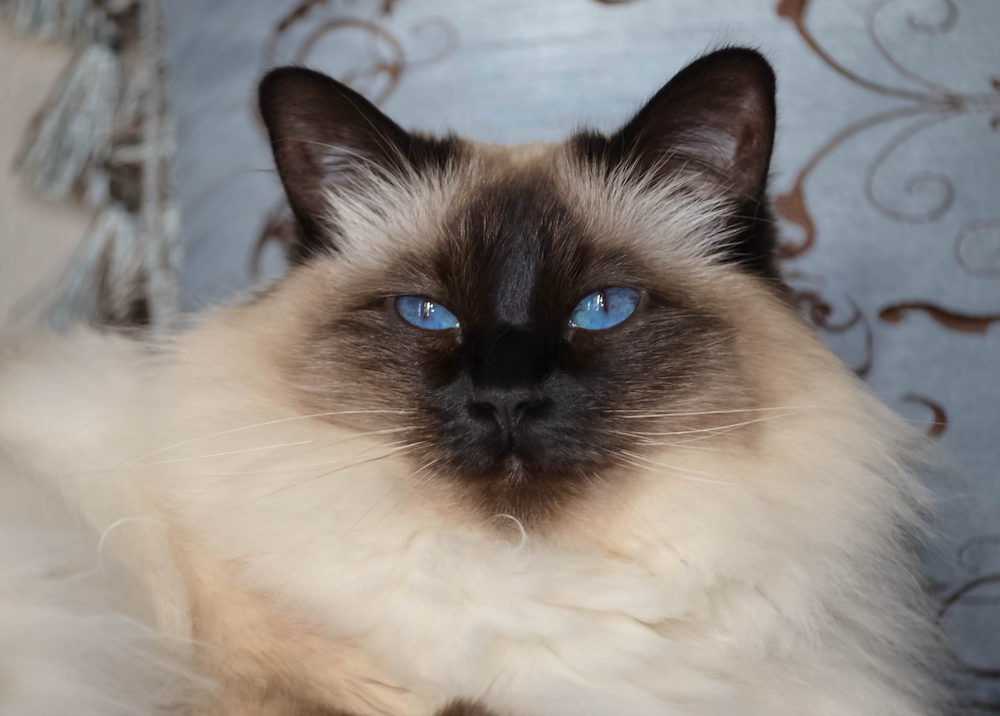
Balinese cats are best known for their long, silky fur, spiky patterns, and deep blue eyes. Like Siberians, Balinese cats are also known to produce less Fel D 1, making them a great choice for allergy sufferers.
Balinese originated in the USA. uu. after a Siamese cat gave birth to a longhaired kitten, and breeders worked to preserve the new longhaired breed. Like their short-haired ancestors, Balinese cats are talkative, demanding, and extremely affectionate. they are very energetic and have a long half-life of 15 to 20 years.
Balinese cats are relatively low maintenance when it comes to their care. They don’t require much grooming because they don’t have an undercoat and don’t shed as much. Sounds like a win-win for us!
devon rex
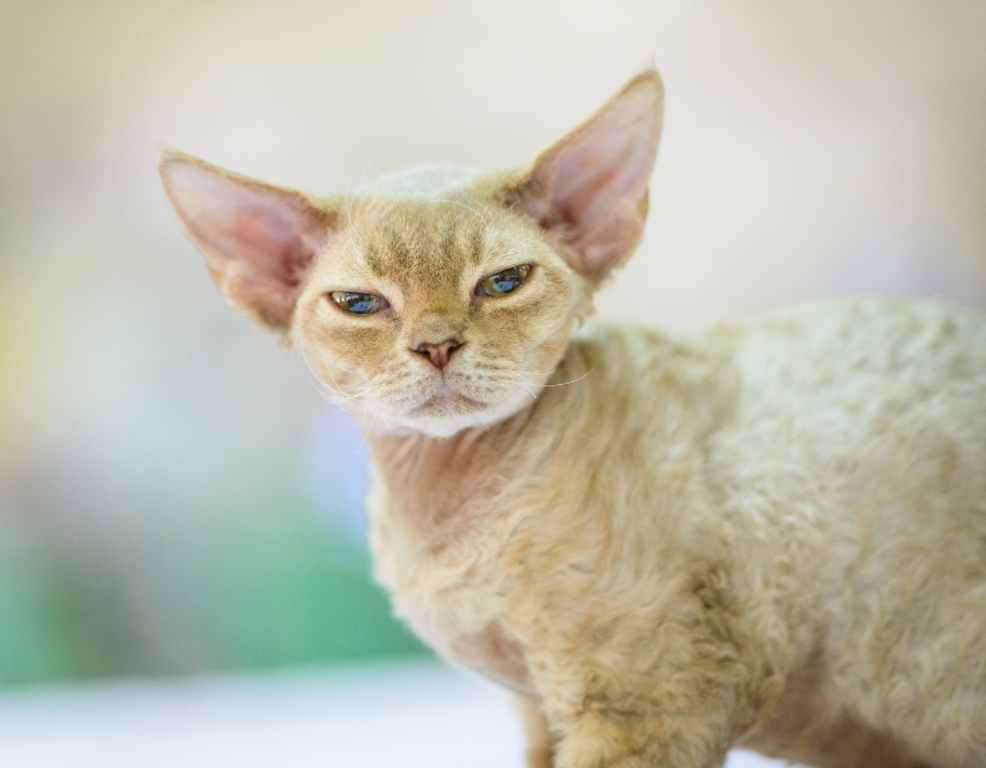
The curly coat is one of the most distinctive features of the Devon Rex cat. it is very fine, short and wavy, which is rare among cat breeds. this undulation is caused by a mutation that cat lovers can’t get enough of.
devon rex cats can trace their lineage back to a wild cat with the wavy coat mutation from devonshire, england. these kitties are affectionate and people-oriented, though they do have a mischievous side that fits well with their pixie features.
In addition to its attractive appearance, the beauty of this cat’s wavy coat is that it barely sheds. You don’t need to brush your Devon Rex, but you may want to gently clean their coats weekly.
cornish rex
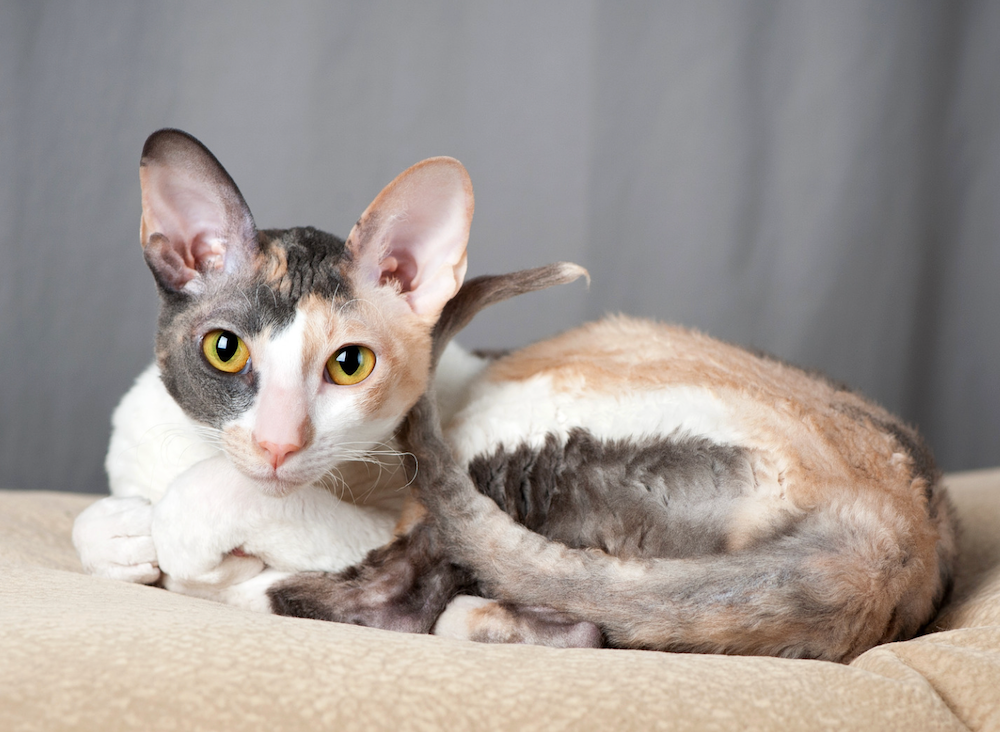
The Cornish Rex cat also has a soft, curly “undercoat” with minimal shedding that allergy sufferers (and just about any pet owner) will appreciate. their fur gives them a sweet, lamb-like appearance.
in the 1950s, cornwall, england, a litter of barn cats was born containing a curly-coated kitten. this kitten was eventually crossed with other cat breeds to establish the cornish rex cats we know today.
These fun-loving felines want to play, jump and have fun all day long. Most things are game to the Cornish Rex, and they are easy to entertain because they find most things entertaining. Plus, their unique coats make them relatively low-maintenance.
sphynx
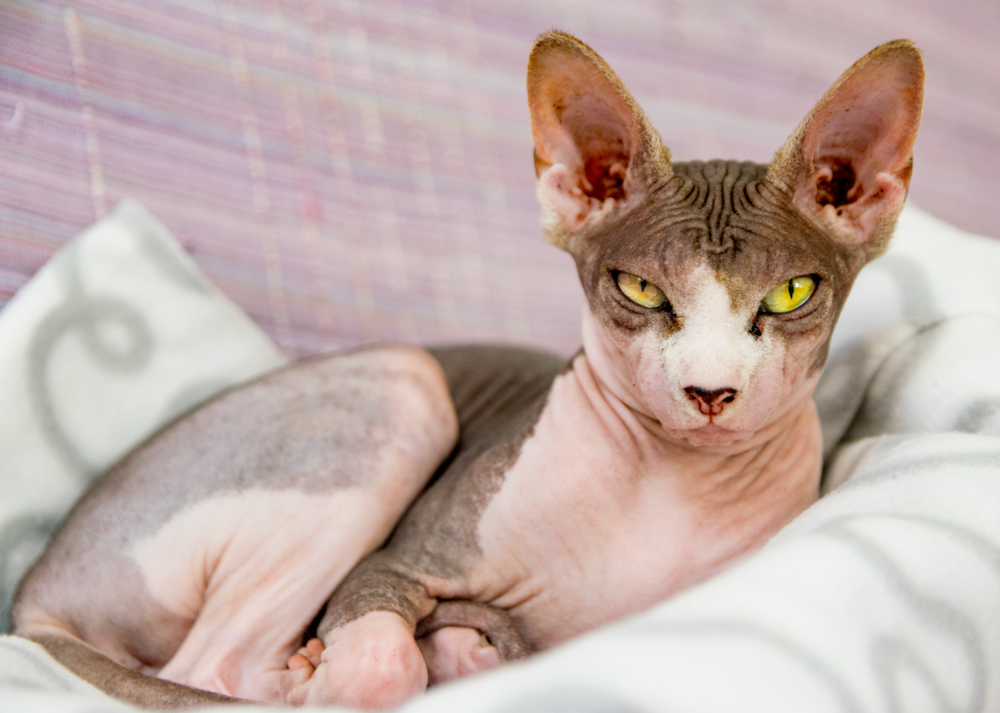
As the most popular hairless cat out there, it’s natural to wonder: are sphynx cats hypoallergenic? while the lack of a fur coat may make this cat a little easier on whimper-prone pet owners, it still ditch fel d 1 in other ways.
The sphynx breed began in 1966 when a black and white cat gave birth to a wrinkled, hairless kitten in Ontario, Canada. sphynx cats are known to be extremely affectionate and outgoing, if not somewhat demanding.
Just because they’re hairless doesn’t mean this breed lacks grooming requirements. Although you won’t need to brush or maintain his coat, you will need to clean or sponge your Sphynx cat once a week to remove any oil buildup on his skin.
Russian Blue
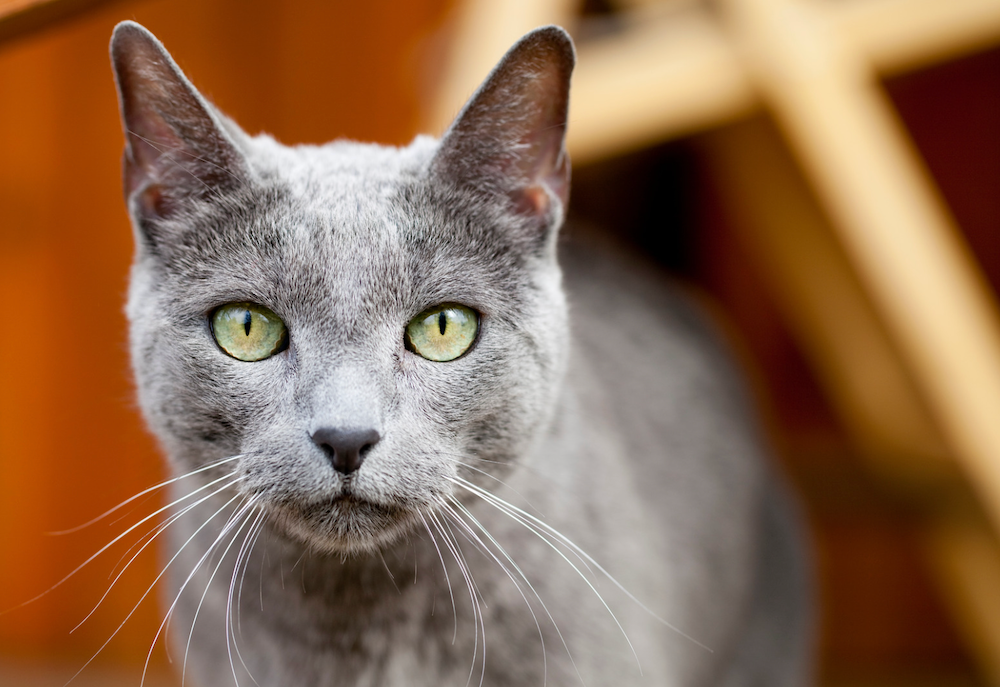
Russian Blue cats are highly recognizable kitties with shimmering blue-gray fur and stunning green eyes. but are russian blue cats hypoallergenic? this breed is known for minimal shedding and overall low maintenance.
Russian Blues are believed to be a natural breed that became popular when they sailed to Britain with the British from the Russian port city of Archangel Islands in the White Sea in the 19th century.
If you’re looking for a gentle, playful cat who doesn’t mind being cuddled but values her independence, this is the kitty for you. the russian blue is loyal to his family but somewhat shy around strangers.
flare

The wild-looking Bengal cat stands out with vivid markings and a distinctive mottled coat. so are bengal cats hypoallergenic? this breed produces a typical amount of fel d 1 and average shedding, though its short, silky coat makes grooming easy.
This breed was created when a domestic cat and an Asian Leopard cat were mated by a breeder in the 1960s. Today, a Bengal cat must be at least four generations distant from the Asian Leopard cat.
Bengals are a highly desired breed thanks to their exotic beauty, friendly manners, and adventurous spirit. your sparkler will likely enjoy the water and walking on a leash. you can get the best of both worlds and live out the fantasy of owning a “wild” animal.
oriental short hair
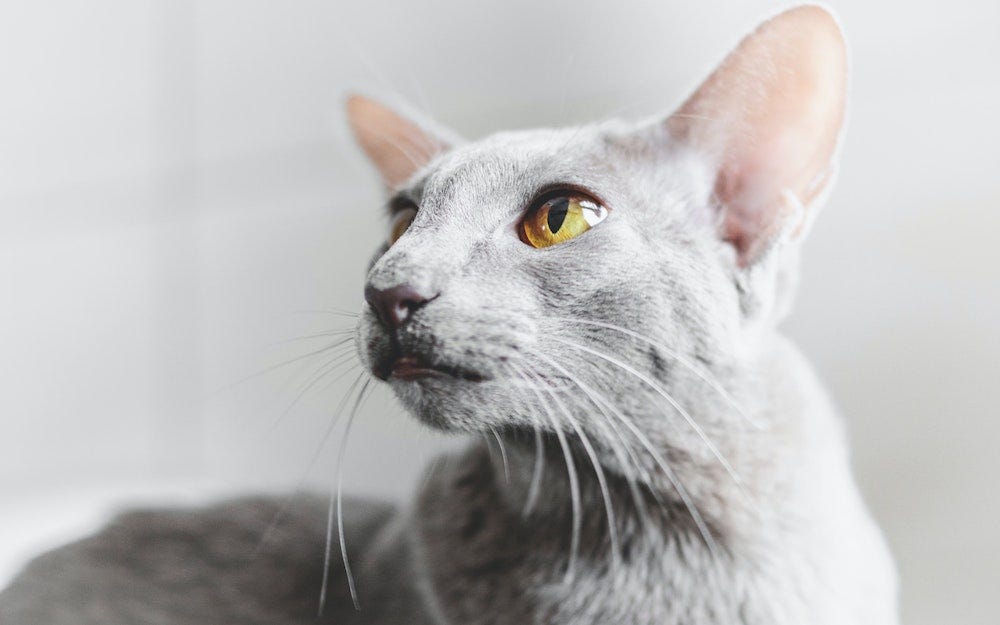
With their angular faces, expressive eyes, large ears, and slender builds, Oriental Shorthairs make quite the statement. They’re also unique for another reason: their sleek short coat can come in over 300 color pattern combinations!
Oriental shorthair cats originated due to interbreeding to revive the Siamese breed after World War II. Like the Siamese, they are vocal and entertaining kitties who enjoy spending time with their families. If you are looking for a cat that is calm and solitary for long periods of time, this is not the Oriental Shorthair.
photo credits:
